I Refused to Go to Work After a Family Emergency—HR Got Involved

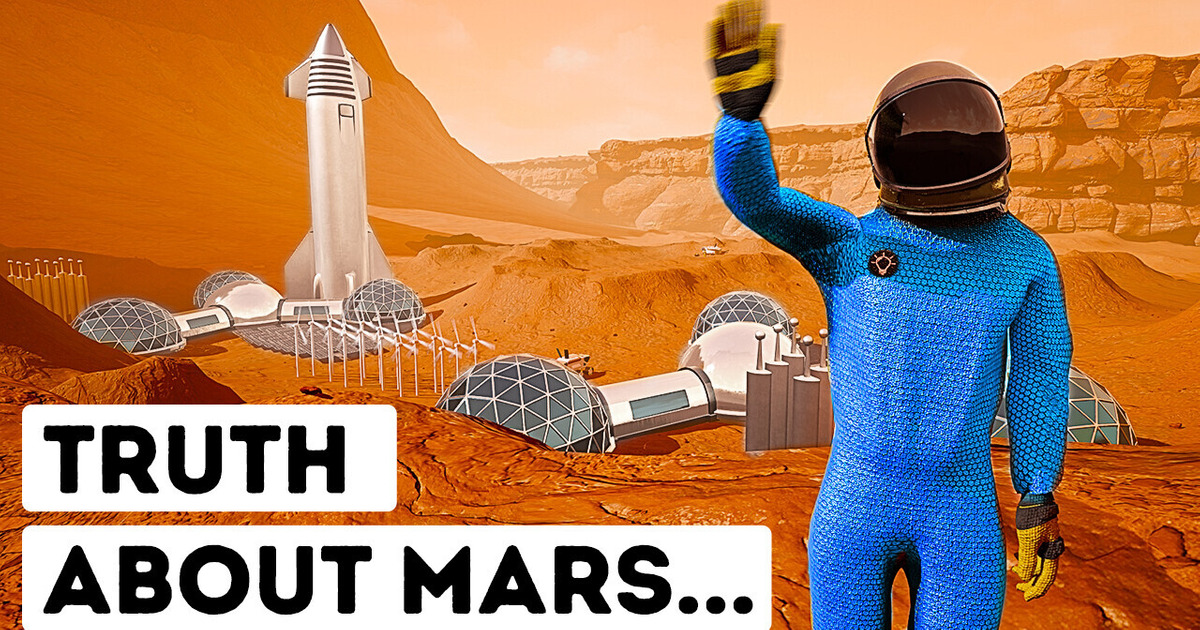
How many people do we need to create a new civilization? And not on Earth — but ON MARS... and in limited conditions. And if we create this colony and send them off, what problems will they face? How can they survive that far away from home without any support? A recent scientific study sheds light on these questions. So let’s take a look at it.
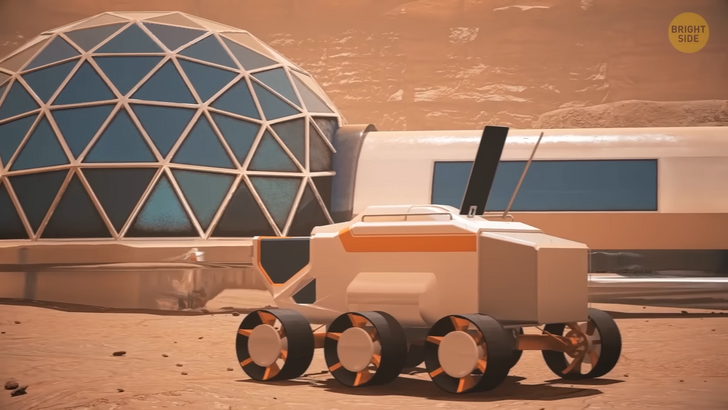
Alright, so you want to colonize Mars, right? Well, it’s not an easy task. Mars is the fourth most distant planet from the Sun and the seventh largest in the Solar System. This lonely red guy is very similar to our Earth. Moreover, before it became a boundless desert, it could well have even looked like the Earth now. Millions of years ago, there was water, oceans, plants... And who knows? Maybe even life. It would be nice to put all these cool things back there.
No wonder we’ve been talking about colonization of this planet for a very long time. Now SpaceX claims that their proposed interplanetary spacecraft could deliver 100 people to Mars. The owner of the company, billionaire Elon Musk, talked about creating a fleet that could provide a constant flow of resources to Mars. But how realistic are all these fantasies? Actually, not very much.
Before sending people to Mars, we need to solve a number of issues: for example, the incredible radiation exposure, toxic soil, low gravity, low temperatures and... all sorts of other nasty things. And this is just the beginning! It will take at least a couple of decades to create a vehicle that can actually successfully land on Mars and return back. But let’s do a thought experiment and imagine that we finally decided to colonize Mars. How will things turn out?
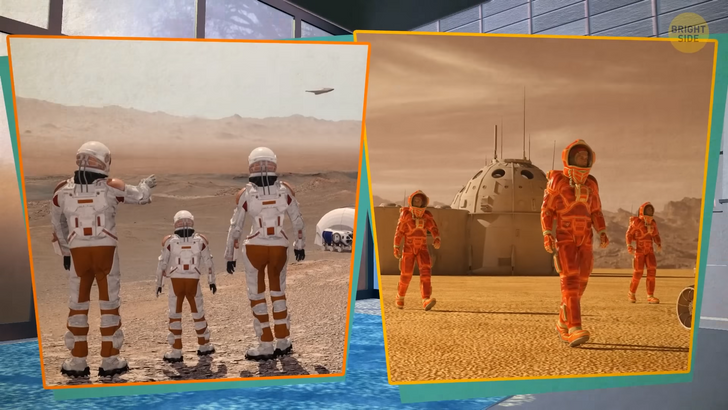
Recently, scientists published a new study on this topic. This study is called “Minimum Number of Settlers for Survival on Another Planet.” The author is Jean-Marc Salotti, professor at the National Polytechnic Institute of Bordeaux in France. His article was published in the Scientific Reports journal. As you might have guessed, the study was trying to find out how we could colonize another planet.
How many resources do we need? How should this colony live, what kind of work they should do, and how long will it all take? And, of course, exactly how many people do we need for all this? Let’s try to answer all that. Now, imagine that we’ve moved into a wonderful future... Well, not really. A terrible future, actually. In his study, Salotti suggested that life on Earth was threatened by “some catastrophic event.” So the only way for humanity to survive is to go to Mars or some other planet.
In this imaginary scenario, unfortunately, the supply delivery from the Earth was interrupted... Or even gone. Now the colony has to support itself somehow. Well, here’s where we already stumble upon a bunch of problems. For example, we’re not sure how well the people in the colony will work together. Will they communicate with each other like normal human beings? Will they share their time and resources as they should?
Humans are constantly ruining things for other humans. I can even bet that it was their fault we had to flee to Mars. But even if we forget about that, how about organizational issues? What equipment do we have? What will we use to extract resources? What skills would we need? You know what? Who cares! In our case, these things don’t matter. All that we know is that the colony doesn’t have a lot of initial resources and equipment. And the human factor is absolutely unpredictable.
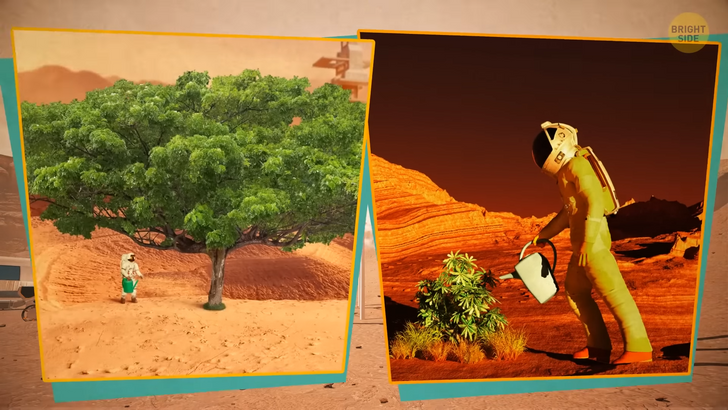
So the chances of survival are pretty low... But we need to survive somehow. In this case, Salotti describes two things that will have a huge impact on our survival. These things are essentially variables in a mathematical equation. The first one is the availability of local resources.
Basically it means water, oxygen and all sorts of useful chemical elements. These resources should be somehow mined and easy to use. Fortunately, we’re not starting from scratch — we already know a lot about Mars. What resources are there? How can they be used for life support, agriculture and industrial production?
The colony is lucky, because all this has been studied at various seminars and published in reports and books over the past years. Thanks to this, we know what will be available to our colony. For example, we know that gases could be extracted from the atmosphere, and minerals from the soil. On Mars, we could provide such things as iron, glass, and even organic compounds.
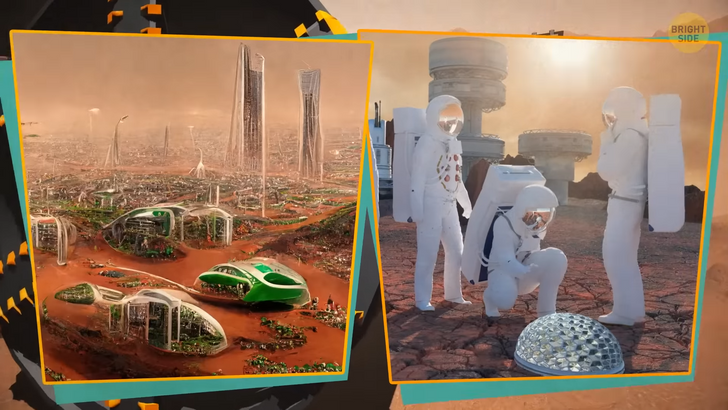
The most important problem here is the service life of the equipment that our new martians start with. They’ll have to get as many materials as possible before the tools break. Keeping them in good condition will be almost the most important task. The second thing is the production capacity, or the speed of work.
We have a specific list of things we need to do (make some tools, for example). And all this must be produced in sufficient quantities before the literal deadlines. Salotti says that the most important thing here will be the so-called “sharing factor”. Imagine one person trying to survive on Mars. They would have to do all the tasks on their own. They would need to find or build their own system for supplying drinking water, oxygen and electricity generation.
We’ve already seen how this played out in the movie “The Martian”. This task wasn’t easy at all. There’s always not enough time, and all this is just too much for one person to handle. (Unless you’re Matthew Damon, of course). So, surprisingly, we need a fairly large colony. This significantly distributes the burden. Each person spends less effort, gets tired less, and as a result, the efficiency and speed of work grow. This is where the “sharing factor” comes into play.
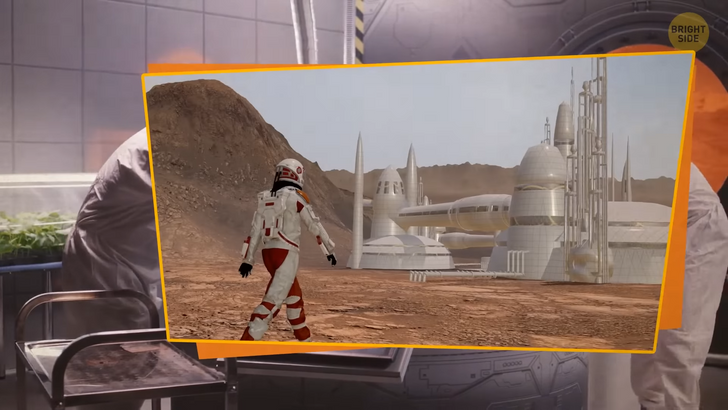
Now we just need to calculate this number. If we want, for example, to build something, how many people do we need to do this quickly and efficiently? How can we optimize the work as much as possible? Well, it depends on the needs of these people, on available resources, random things like weather and so on.
But in general, this number can be estimated and calculated using some mathematical functions. Salotti tells in more detail about these functions in his article. You can read it yourself if you’re interested. But in general, he describes five areas that need to be taken into account when calculating this number. These areas are:
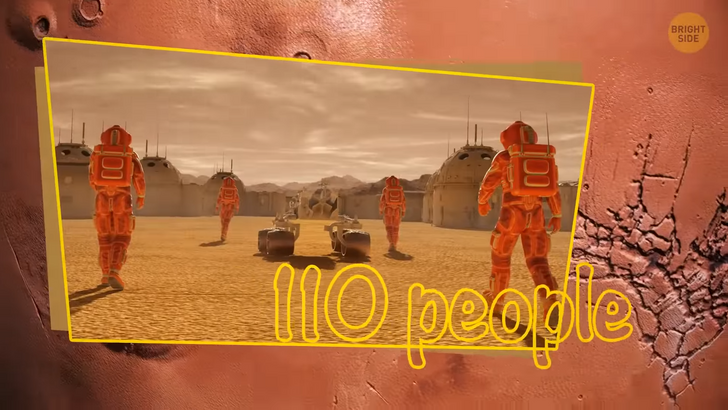
In the end, Salotti found out that we would need at least 110 people to successfully survive on Mars. This is the MINIMAL number needed to create a self-sufficient civilization. And it will be better if we don’t take TOO many people with us. The more people we take on the spacecraft, the more difficult it will be to predict the results.
After all, as we have already said, humans are always ruining things for other humans. So it’s better to stick with about 110 people. Of course, this is a rough estimate, and there are a bunch of different assumptions and uncertainties... But even this number is already very useful. Now the scientists know how many people is a minimum for colonization of another planet.
Colonizing other planets is a very complex issue, and it will take us a very long time to resolve it. It’s very unlikely that we’ll fly to Mars in the near future. This task may take several decades, or even a century. Therefore, the best solution would be to try our best to save our Earth until we can begin to conquer other planets.











